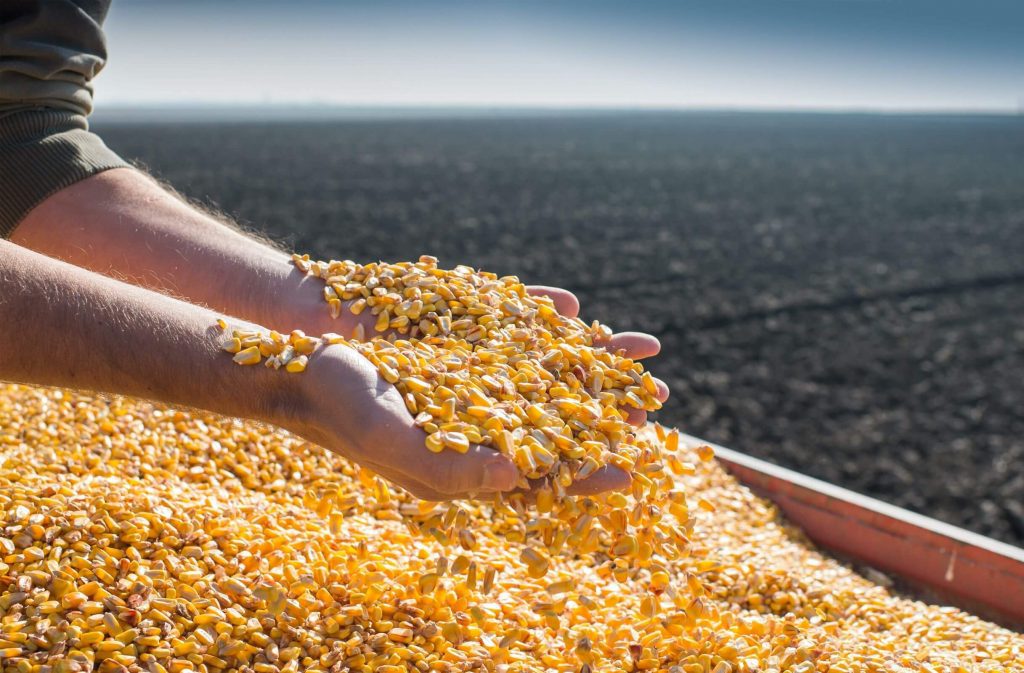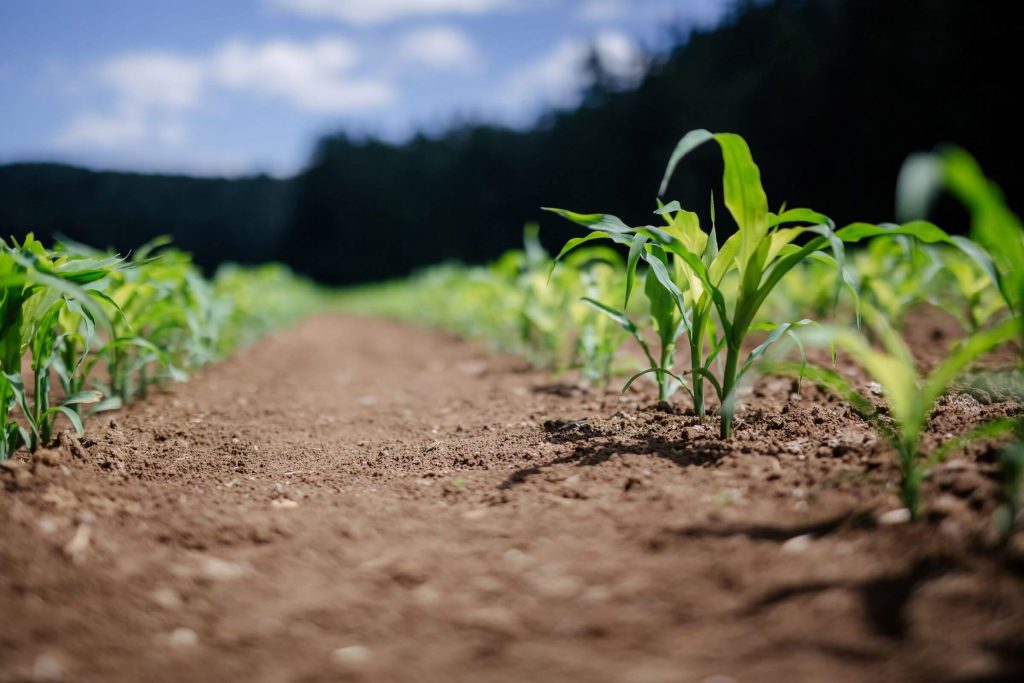Overview
What is seed treatment?
How does seed treatment work?
Benefits of using seed treatment
How does it fit within an IPM approach?
Prevention is a key step in Integrated Pest Management and one of the best lines of defence against harmful organisms on your crops. In an IPM approach, seed treatment plays a crucial role in preventing pests and diseases right from the start.
What is seed treatment?
Seed treatment is the application of substances to seeds before sowing. Its goal is to protect the seeds and future seedlings from pests and pathogens. Seeds are treated with a physical, chemical or biological agent before sowing. Agents include products such as insecticides, fungicides, nematicides, but also biocontrol agents.
Opting for natural seed treatment substances like biopesticides can effectively protect crops in their most vulnerable state and enhance plant health while improving agricultural sustainability.

How does seed treatment work?
The applied treatment coats seeds, which forms a barrier on their surface. This barrier will deter foreign pests and pathogens. It targets organisms that might attack stored or germinating seeds or young crops during emergence or early growth.
Seed treatment is beneficial against pests and diseases that are seed and soil-borne. It works also against pest and diseases that attack crops early in the season. These harmful organisms are usually very destructive when not managed in time. Indeed, crops are the most susceptible to attacks in their early growth as their immune system has not fully developed yet.
Treating seeds can encourage crops to grow healthy and become robust, which will help them overcome future pest attacks.


Benefits of using seed treatment
Seed treatment can reduce or delay the need for crop protection products as crops are already protected against some pests and pathogens. It also uses smaller amounts of active ingredients per hectare than traditional foliar spraying methods.
For example, some early-season pests are effectively controlled with seed treatment with a reduced usage rate compared to other foliar products. This also means that the impact on the environment is lessened. In the long run, it can even be cheaper and time-saving for growers needing fewer products and applications.
In addition, seed treatment targets pests directly at the source, unlike foliar spraying methods that can leave a significant portion of the product in the atmosphere. Substances used for treating seeds move and contaminate less of their surroundings, which is safer for the environment and human health. Using natural substances like biopesticides for seed treatment can reduce even more unwanted effects on wildlife and the environment.
Seed treatment can improve seeds’ emergence rate and overall plant vigour. It can also enhance the uptake of nutrients as well as stimulate root development, resulting in robust plants.


How does it fit within an IPM approach?
Seed treatment is a preventive measure. Thus, it can prevent growers from resorting to harsher, less environmentally-friendly, and more expensive control methods once a pest or disease is detected. This aligns well with the fundamental principles of the IPM approach, which aims to use multiple pest management strategies to reduce reliance on chemical pesticides.
By treating seeds, growers can provide their crops with an immediate defence against potential threats. Of course, this cannot guarantee that all pests will be kept under control. However, along with other IPM measures such as crop rotation, biological control, and cultural practices, seed treatment helps maintain a balance between pest control and environmental sustainability.
By integrating biological seed treatment into IPM strategies, farmers can promote sustainable agriculture and enhance their crop productivity in a responsible and environmentally-friendly way.
Thanks to Ecosense Labs. (I) for the input and blog suggestion.
